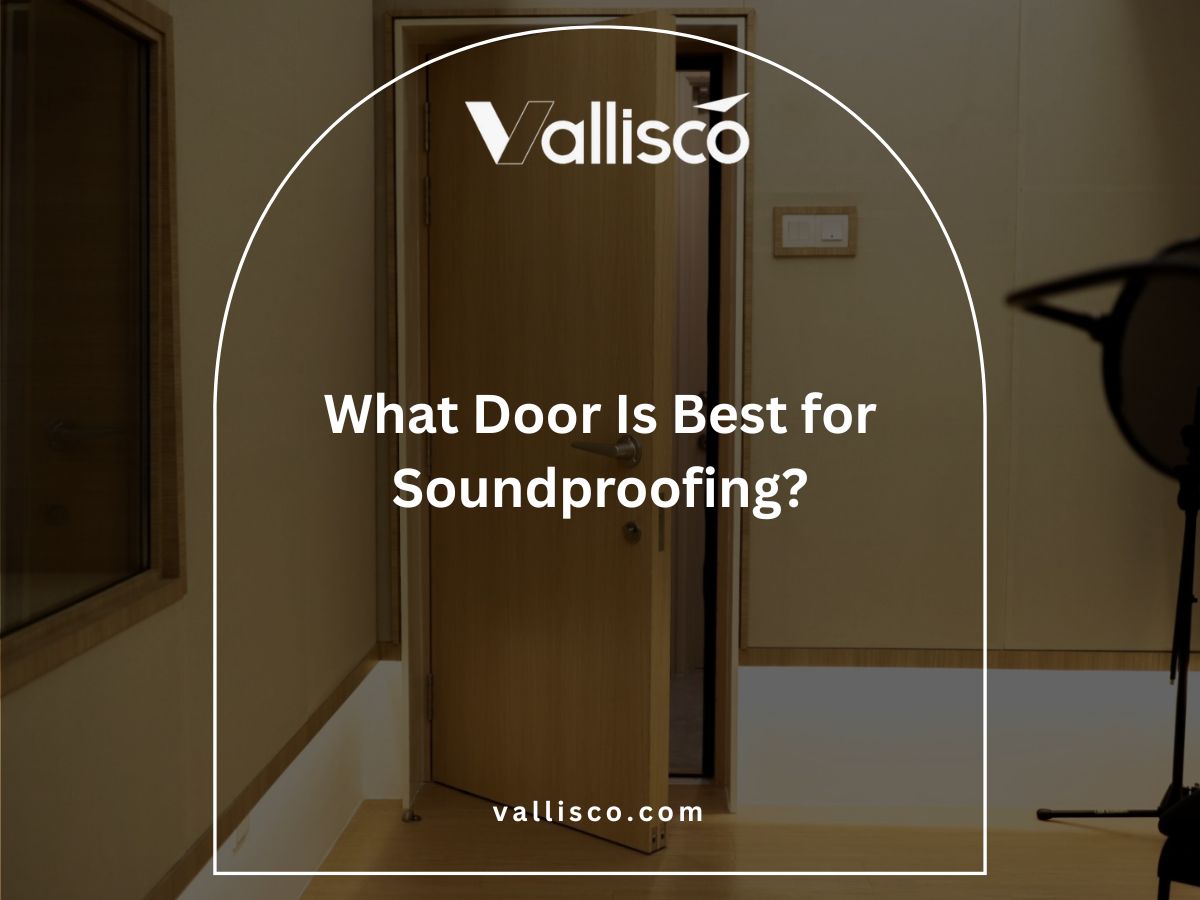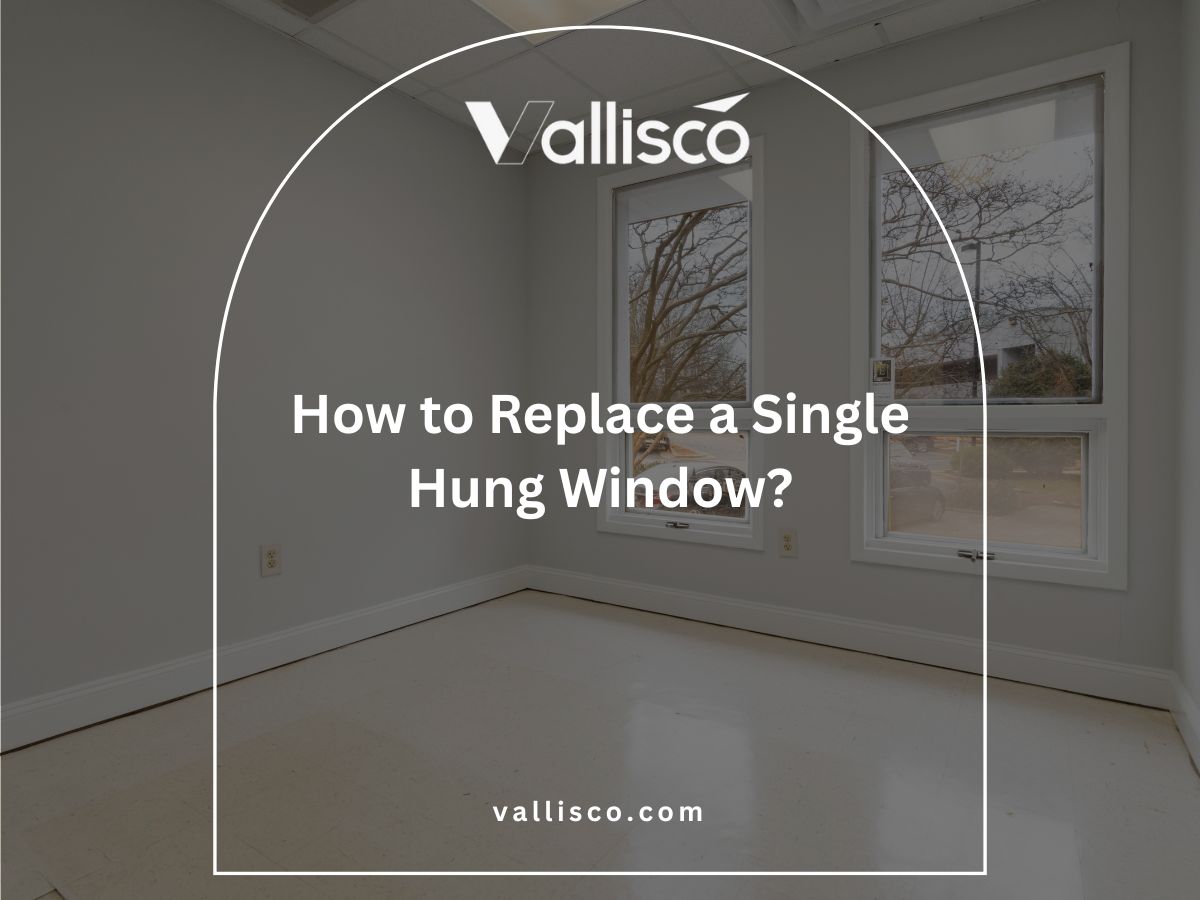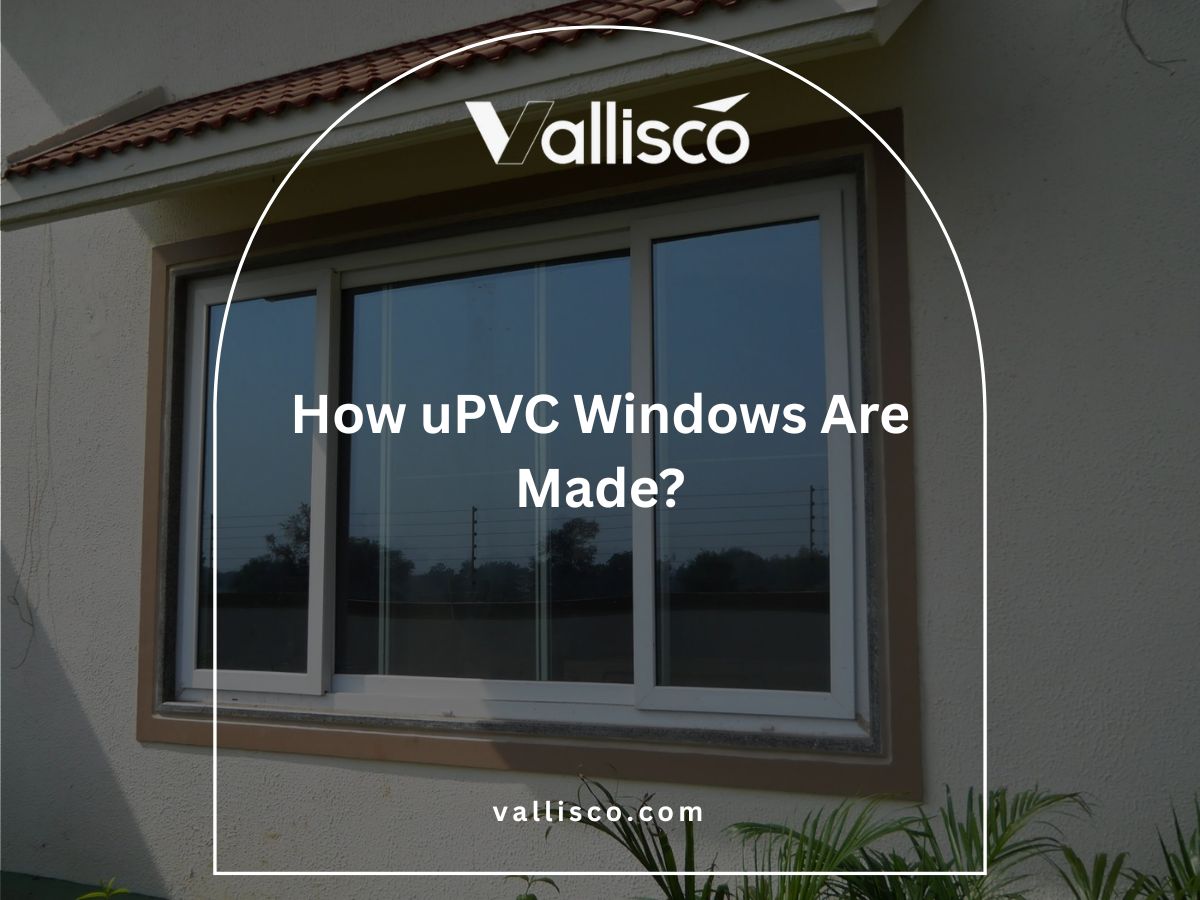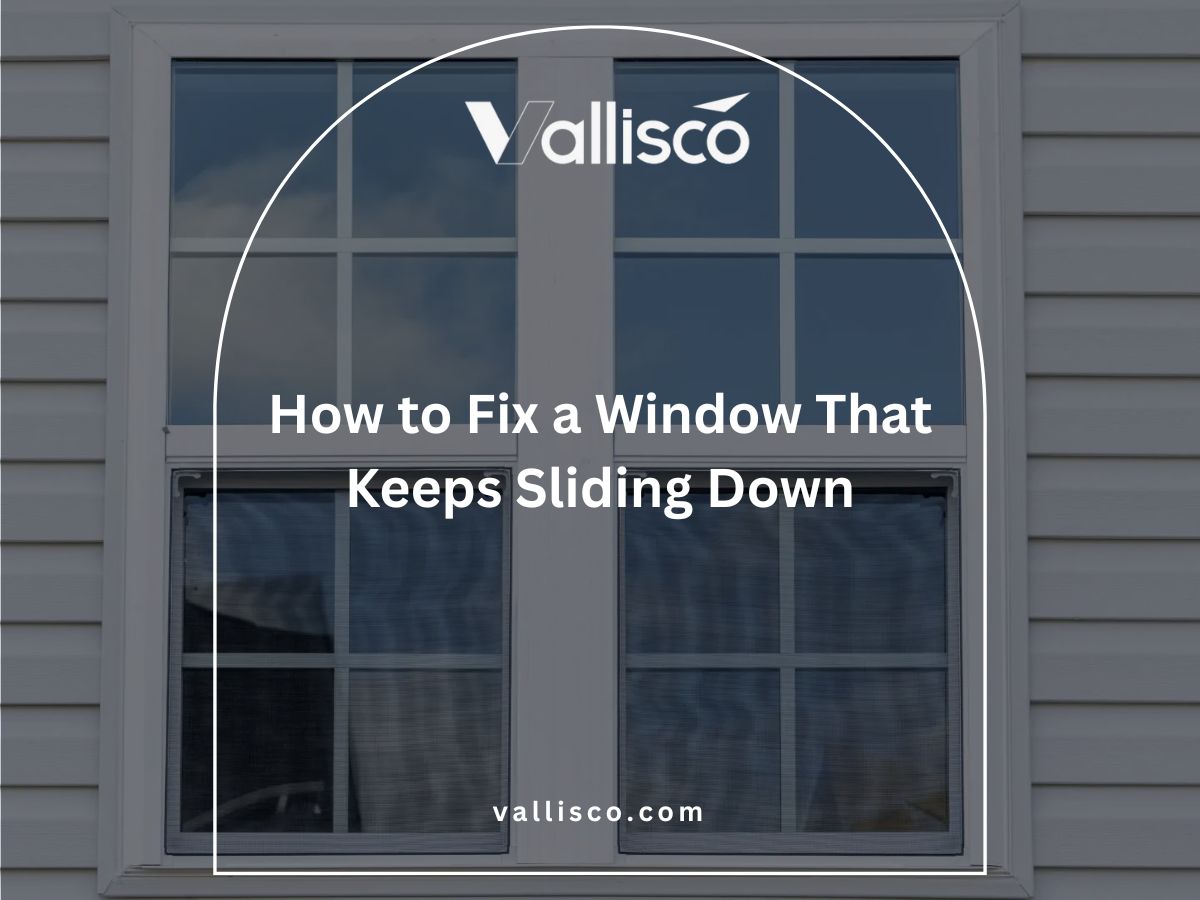I remember walking into a busy hotel lobby and noticing how the sliding doors moved in perfect sync with the flow of guests. It made the whole arrival feel smooth and professional.
If you manage a property or a chain of buildings, you’ve likely seen how this small detail shapes a guest’s first impression.
We’ve worked with hotels, villas, and commercial buildings across Southeast Asia and Europe for years, supplying and installing different types of doors and windows. We’ve seen what works in high-traffic spaces and what fails too soon.
In this guide, we’ll explain how automatic sliding doors work step-by-step, from sensors to safety systems. By the end, you’ll know exactly what to expect from them and whether they’re right for your property.
A well-chosen sliding door doesn’t just open, it sets the tone for your entire building.
Keep reading to learn more!
1. Core Working Principle Automatic Sliding Doors
Automatic sliding doors work by sensing movement and opening without physical contact. The goal is simple, to let people and goods pass through quickly and safely. I’ve seen these systems run for years in busy properties when set up right. You need to understand the basics before you decide to install them.
Sensors Start the Process
Every automatic sliding door starts with a sensor. This sensor detects when someone or something is approaching. Most use infrared or microwave technology. Once movement is detected, it sends a signal to the control unit. Without this trigger, the door stays still.
This means placement of the sensor matters. If it’s too high, low, or angled poorly, it might not catch all movement. For high-traffic buildings, accurate detection is critical.
The Control Unit Gives the Command
The control unit is the brain of the system. It receives the signal from the sensor and decides what to do next. This involves sending power to the motor so the door starts moving.
You can set how quickly the door opens or closes, and how long it stays open. This is useful if you expect guests carrying luggage or moving carts. For a hotel or villa, this small adjustment can make daily operations smoother.
Motor and Track Work Together
Once the control unit sends the signal, the motor gets to work. It pulls a belt or chain connected to the door panel. This moves the door smoothly along the track.
The motor must have enough power for the size and weight of your door. A glass panel in a hotel lobby is heavier than one for a small greenhouse. In both cases, smooth movement helps prevent wear on the system.
Automatic Closing Cycle
After the door opens, a timer in the control unit starts counting down. When the set time is up, the motor runs in reverse to close the door. If sensors still detect movement, the door stays open.
This prevents the door from closing on people or goods. For places with heavy foot traffic, you can set a slightly longer open time. It’s a small setting that makes a big difference for comfort and safety.
Safety Overrides
If something blocks the door while closing, the motor reverses. This is a built-in safety measure. The door will open again until the path is clear.
This function works because sensors detect obstacles, and the motor is programmed to respond. Without this, the risk of injury or damage is high. It’s one of the reasons I always tell clients to choose a system with reliable safety overrides.
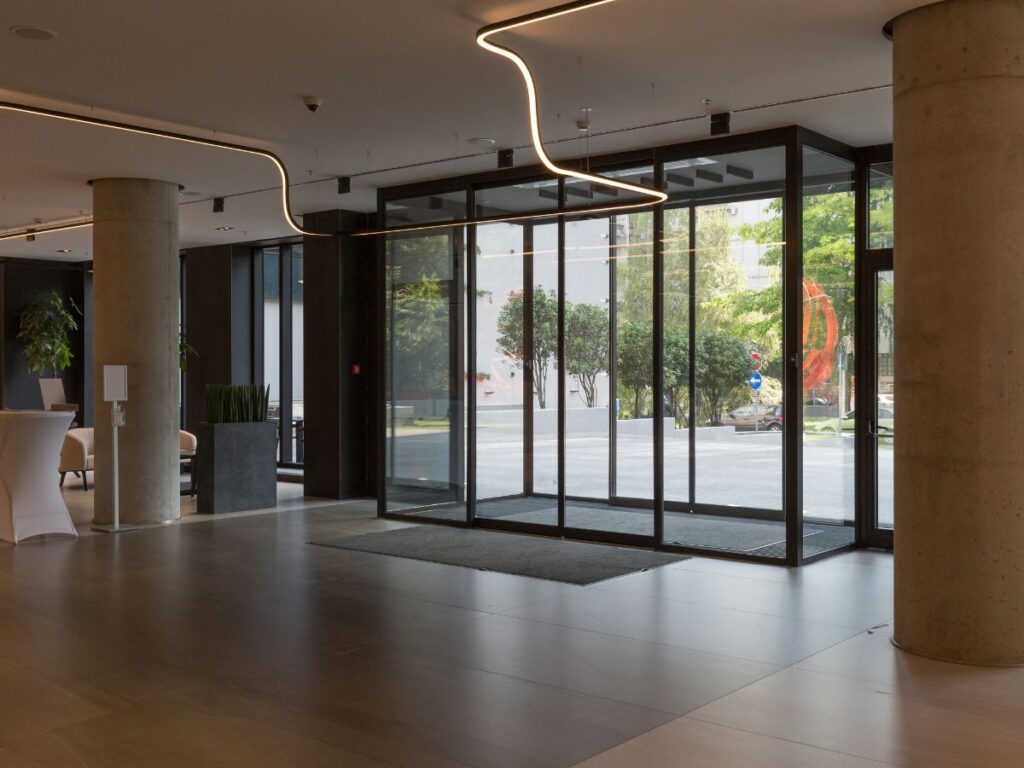
2. Components of an Automatic Sliding Door System
Before you choose or install an automatic sliding door, you need to know what parts make it work. I’ve seen projects run into trouble because one small component was overlooked. If you know each part’s role, you can make better choices for your property.
| Component | Description | Why It’s Important |
| Sensors | Detect movement or presence near the door. | Start the opening process. |
| Control Unit | Processes signals from sensors and controls the motor. | Coordinates the system’s actions. |
| Motor | Drives the door panels along the track. | Provides movement power. |
| Track System | Guides the door panels. | Keeps movement smooth. |
| Drive Belt or Chain | Connects the motor to the door panels. | Transfers motion to the panels. |
| Safety Sensors | Detect obstacles in the door’s path. | Prevent injury or damage. |
| Door Panels | Moving sections made from glass, aluminum, or other materials. | Form the physical barrier and entryway. |
| Backup Power Supply | Battery system for power outages. | Keeps doors working during cuts. |
3. Safety Features in Automatic Sliding Doors
Safety is just as important as smooth operation. I’ve worked with businesses that found out the hard way what happens when safety features are missing or not working. You don’t want your guests or staff at risk, and you don’t want the downtime that comes with an accident.
Here are the main safety features you should look for:
- Obstacle Detection: Sensors stop the door if something blocks its path. The motor reverses to open the door again. This protects both people and goods from impact.
- Presence Sensors: These keep the door open as long as movement is detected in the opening area. It prevents the door from closing while someone is still passing through.
- Emergency Opening: Some doors can be pushed open manually if there’s a power cut. Others have a backup battery to keep them running. This keeps your entrances usable during outages.
- Slow-Start and Slow-Stop Function: The motor is programmed to start and stop smoothly. This reduces strain on the system and lowers the risk of the door closing too quickly on someone.
- Safety Signage and Markings: Clear markings on glass panels help people see the door even from a distance. This is especially useful for guests who are distracted or carrying items.
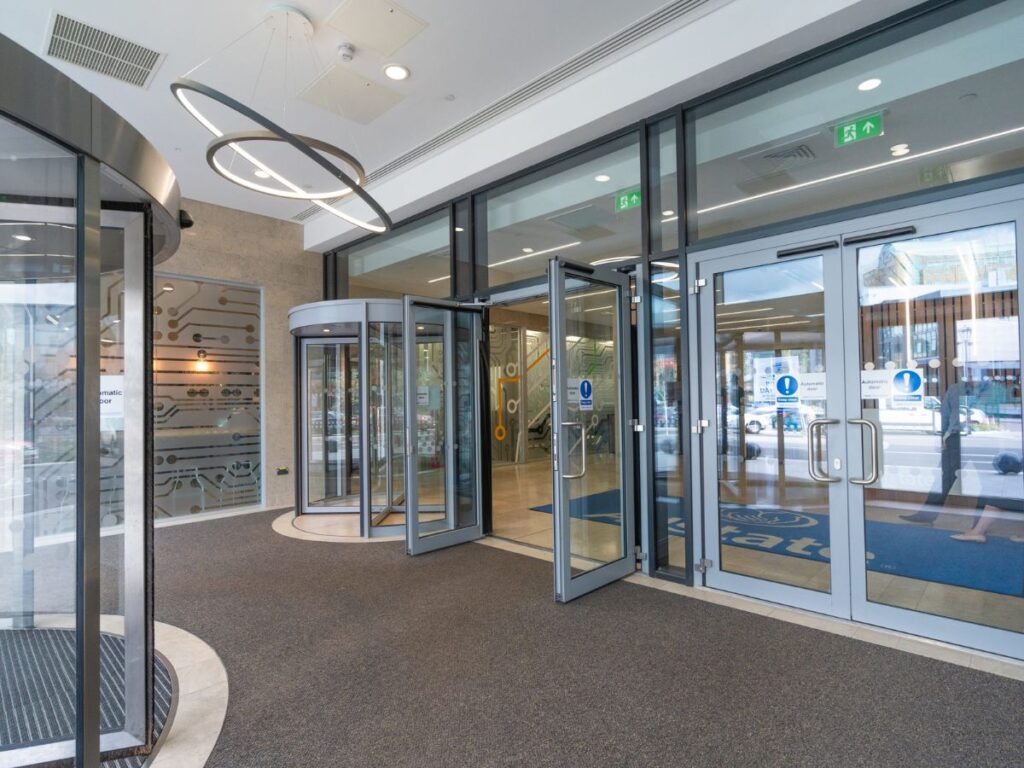
4. Types of Automatic Sliding Doors and Their Working Mechanism
Not all automatic sliding doors are the same. I’ve worked with properties where the right type of door made operations smoother, and others where the wrong type caused constant issues. You’ll get the best results when the door style matches how your building is used.
Below are the main types and how they work:
Single Sliding Doors
A single sliding door has one panel that moves to one side when opened. The panel slides along a track using a belt or chain connected to a motor. Sensors detect movement and send signals to the control unit, which activates the motor.
This type works well in areas with moderate traffic or smaller entry spaces. It’s often used for side entrances, staff access points, or narrow lobby areas.
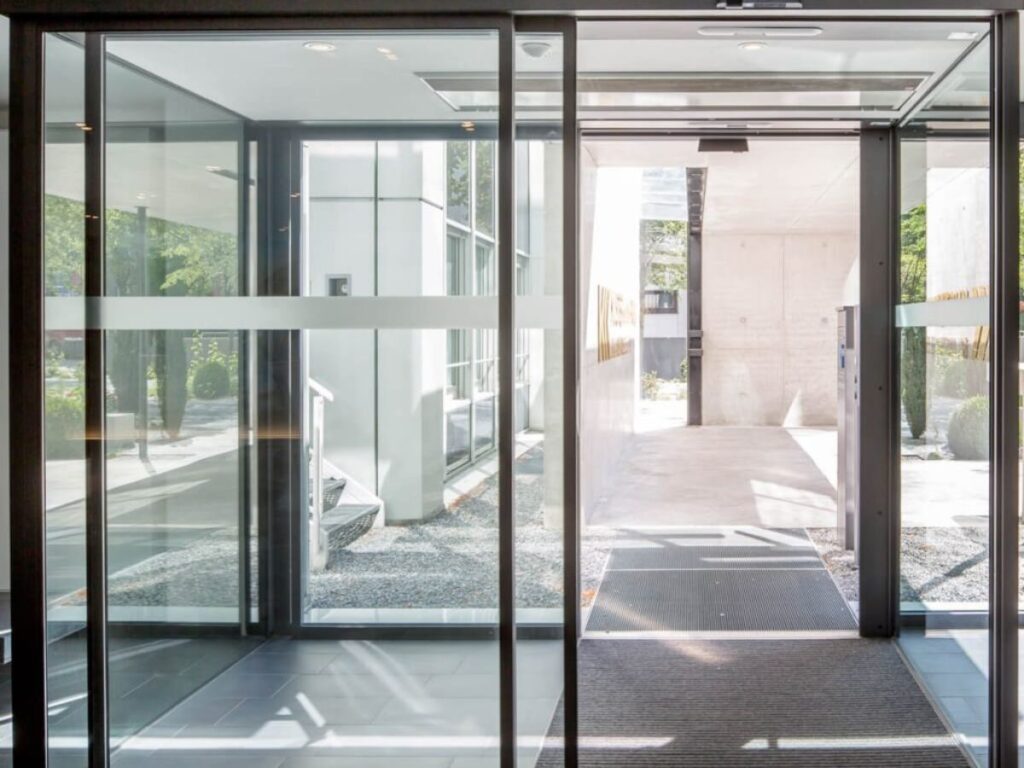
Bi-Parting Sliding Doors
Bi-parting doors have two panels that move apart from the center when opened. The panels run on parallel tracks and are connected to a shared drive system. When the motor runs, it pulls both panels outward at the same time.
This design gives a wide opening, which is ideal for busy main entrances. Hotels, malls, and airports often use this type to handle large flows of guests. Vallisco manufactures bi-parting automatic sliding doors built to handle heavy daily use.
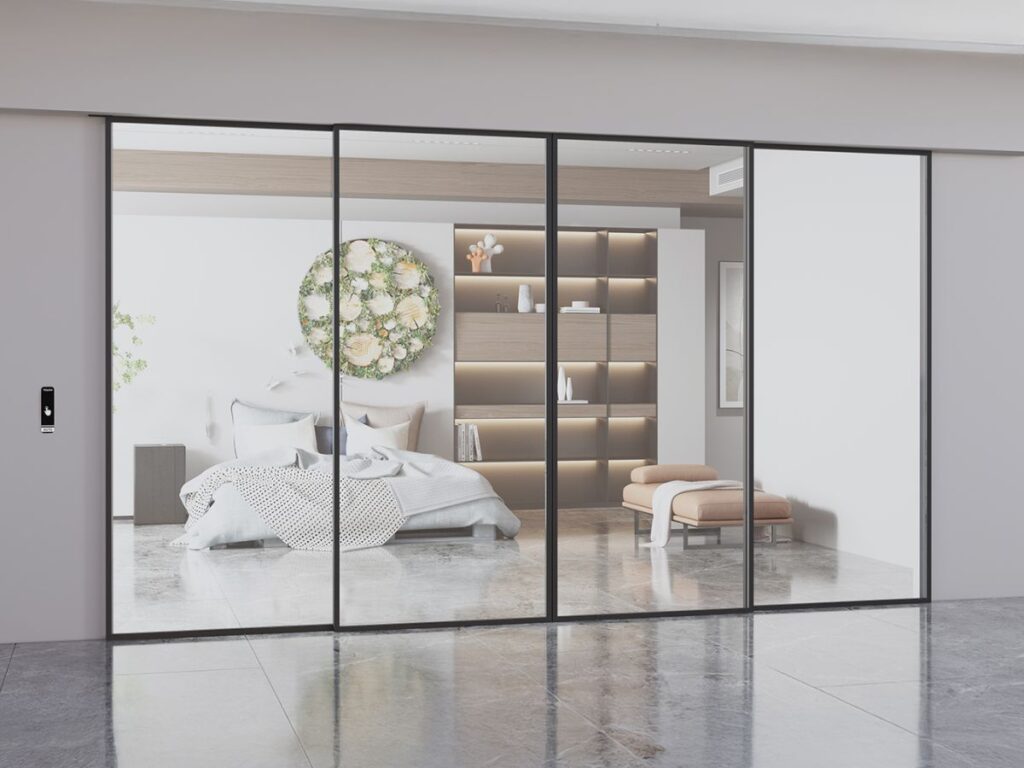
Telescopic Sliding Doors
Telescopic doors have multiple panels that slide and stack together when opening. Each panel moves at a different speed so they align neatly in a compact space. A single motor drives all panels using a series of pulleys or belts.
They’re perfect for areas with limited wall space next to the doorway. You’ll often see them in showrooms, offices, or high-end retail stores where space is valuable.
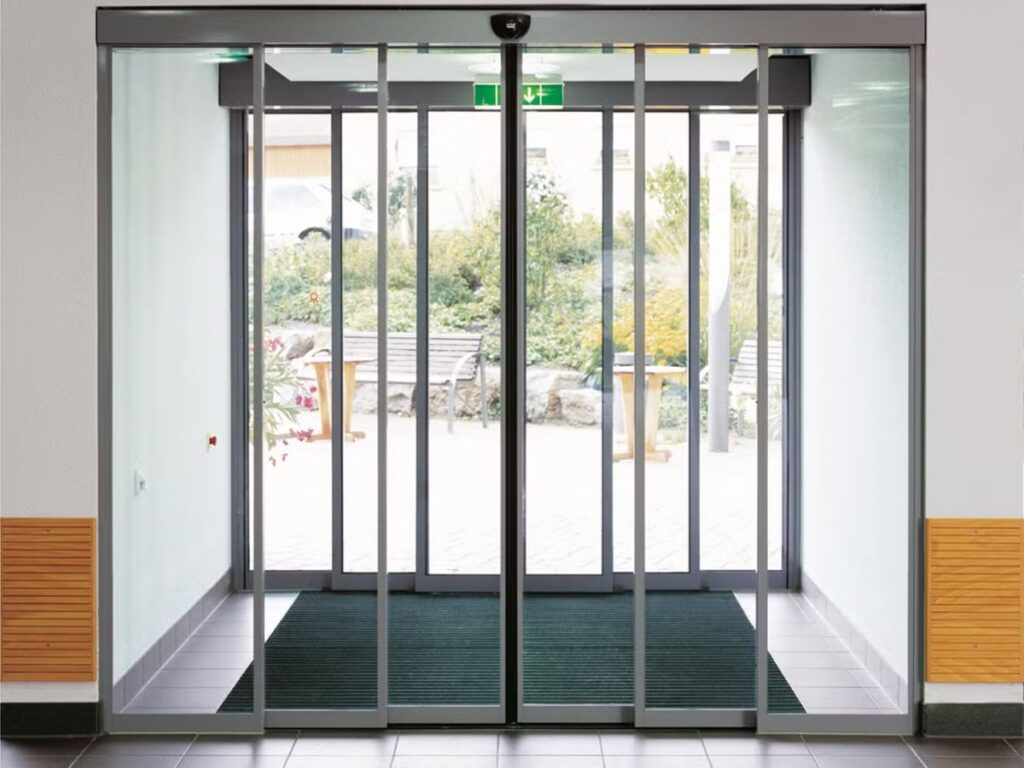
Curved Sliding Doors
Curved sliding doors are built with a rounded track so the panels move in an arc. The motor and drive system work like a straight sliding door, but the track and rollers are shaped to match the curve.
These are often used to create a high-end look at main entrances. They’re common in large hotels and corporate buildings where design is as important as function.

5. Installation Tips for Automatic Sliding Doors
Installing an automatic sliding door isn’t just about fitting it into the space. I’ve seen great systems fail early because the setup wasn’t right from the start. If you want your door to work well for years, you need to focus on the details during installation.
- Measure Accurately Before Ordering: Get precise width, height, and clearance measurements before you place an order. Even a small error can cause alignment problems or require costly adjustments later. Accurate measurements also make the installation process faster.
- Choose the Right Type for Your Entrance: Match the door style to the amount of traffic and available space. A busy hotel lobby may need a bi-parting door, while a small side entrance might work better with a single sliding door. The right type will save you problems down the line.
- Prepare a Clean and Level Track Area: The track must sit on a flat, stable surface. Dirt, uneven flooring, or debris will cause the door to move roughly and wear out parts faster. Clean the area well before installation begins.
- Plan for Power and Backup Supply: Make sure there’s a reliable electrical source where the door will be installed. If your property often faces power cuts, consider a backup battery. This will keep your entrances operational in all conditions.
- Work with Experienced Installers: A professional installer will know how to align sensors, adjust motor settings, and test safety features. This experience reduces the chance of breakdowns and ensures smoother operation from day one.
6. 4 Factors to Consider Before Choosing Automatic Sliding Doors
Choosing the right automatic sliding door is more than just picking a design you like. I’ve seen businesses invest in systems that looked great but didn’t match their actual needs. If you think about these factors early, you’ll save time, money, and trouble later.
#1 Traffic Volume and Flow
Consider how many people, carts, or goods will pass through the door each day. High-traffic areas need stronger motors, wider openings, and faster cycle times. For light to medium traffic, a simpler setup can still perform well. If your property hosts events or busy peak seasons, think about how the door will handle those spikes. A door that struggles under heavy use will wear out faster.
#2 Available Space
Look at the wall space next to the entrance and the ceiling height. Single sliding doors need less space than bi-parting or telescopic doors. Curved doors require more precise planning due to their track shape. If your building layout is tight, telescopic doors might be the answer. They allow a wide opening in a limited space.
#3 Door Material and Design
The material affects durability, weight, and appearance. Glass gives a modern, open feel, while aluminum or steel offers more strength. For properties in coastal areas, corrosion-resistant materials are worth the investment.
The design should match your property’s style while still meeting performance needs. I’ve found that the best results come from balancing appearance with function. Vallisco manufactures automatic sliding doors in a range of materials to suit different building types.
#4 Safety and Compliance
Check local building codes and safety regulations. Your door should have the right safety sensors, emergency opening functions, and signage. This protects both people and the property. If you operate in multiple countries, be aware that standards can differ. Making sure your door meets all requirements avoids legal issues later.
Conclusion
I began with the image of a hotel lobby where sliding doors moved in perfect sync with arriving guests. Now you know the sensors, motors, and safety features that make that happen.
From choosing the right type to installing it correctly, every detail counts.
If your property needs an entrance that works as smoothly as it looks, the right system will serve you for years. Vallisco can provide solutions built for busy spaces like yours.
Contact us today to talk about the automatic sliding doors that fit your building best.
Explore Related Resources
If you enjoyed this read, here are a few more articles packed with helpful information:
Still haven’t found what you’re looking for? Don’t hesitate to contact us. We’re available around the clock to assist you.



